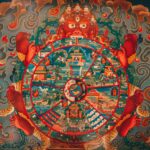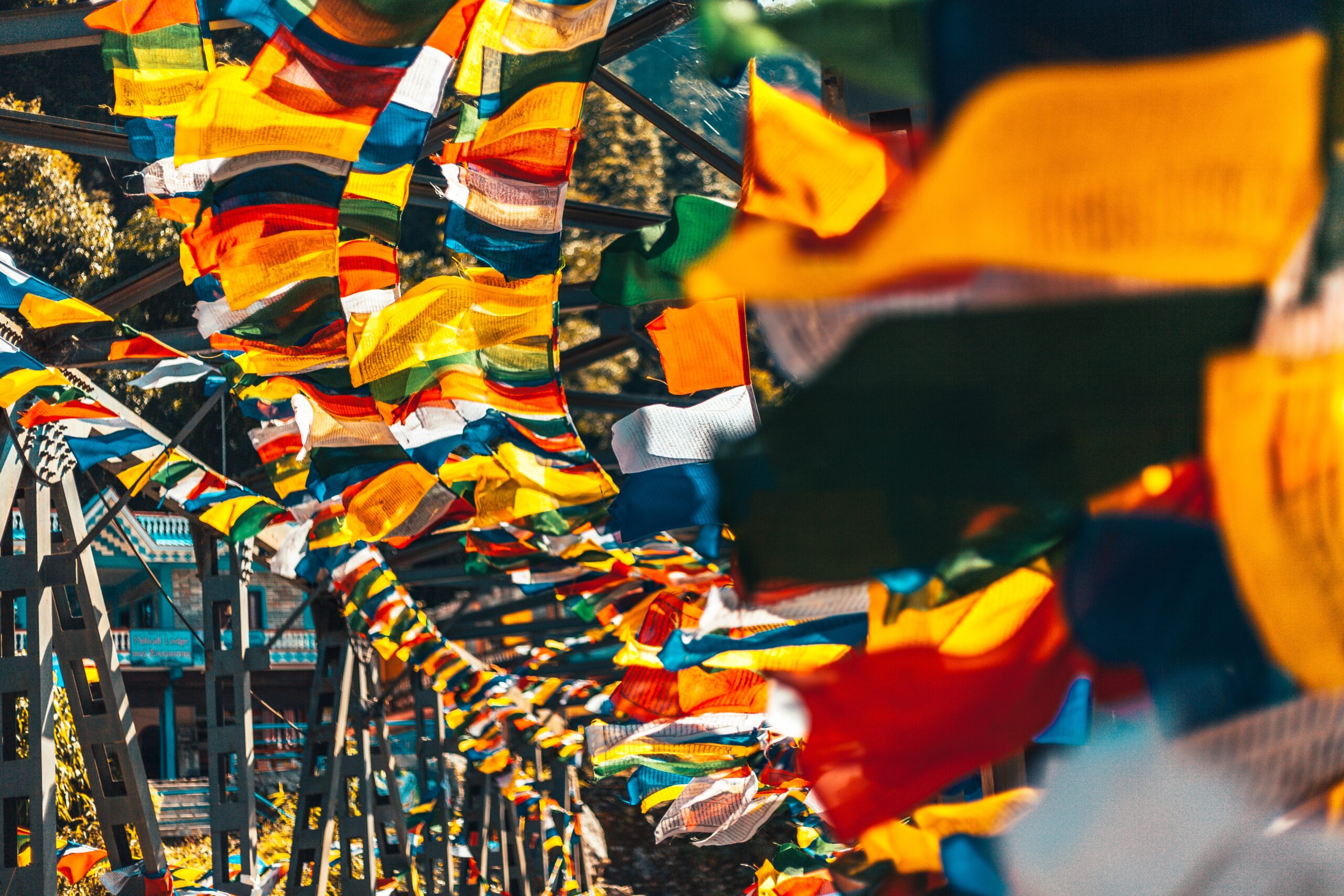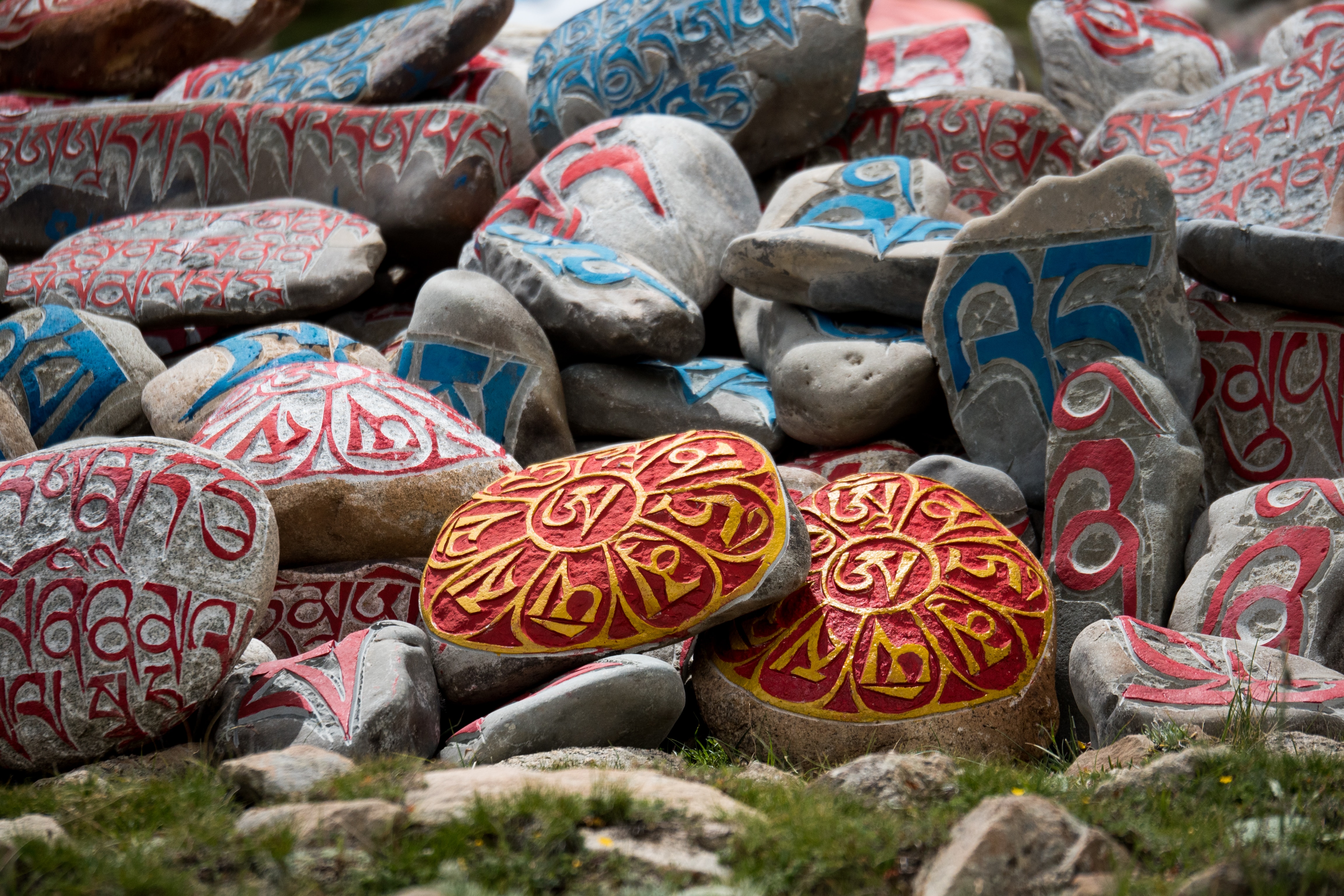The Mahayana tradition teaches that the path to complete and perfect enlightenment, even for highly accomplished practitioners like Buddha Shakyamuni, takes a minimum of three incalculable aeons, an immensely long time. However, a bodhisattva is not discouraged by the duration or the challenges and sacrifices that must be faced. The term “bodhisattva” means a courageous being. Khenpo Kunpal describes a bodhisattva as a hero whose mind is unwavering in the pursuit of enlightenment, driven by supreme bodhicitta as their motivation, and diligently practicing the six transcendental perfections.
The courage of a bodhisattva is essential for attaining the state of a perfectly enlightened Buddha. While Buddha Sakyamuni taught the path of the bodhisattva to his disciples, many chose to aim for arhatship instead, seeking the cessation of suffering within samsara.
Mahayana practitioners understand that they have been circling in the cycle of samsara since time without beginning, and without attaining enlightenment, they will continue to do so endlessly. When comparing the vastness of samsara’s endlessness to three incalculable aeons, the aeons seem as short as three days in the lifespan of an ordinary human.
Once bodhisattvas reach the first level of a bodhisattva, known as the path of seeing, they can skillfully navigate any situation. Although the initial stages of the path, the path of accumulation and the path of application, may appear challenging to a beginner, the bodhisattva, upon reaching the first level, becomes a true hero and is unlikely to deviate from the bodhisattva path. Before attaining the first level, there is still the possibility of straying due to negative influences or associations. Therefore, relying on an authentic spiritual teacher is of utmost importance until at least the first level is achieved.
If a beginner finds the practice of the Dharma too difficult, it indicates a lack of understanding of its essential points. Once a beginner gains profound insight into the core teachings of the Dharma, they will have the confidence to continue on the blissful path of bodhicitta toward the unsurpassed Buddhahood. The more one understands and practices the Dharma, the less fear one will have towards life’s difficulties, and both negative and positive circumstances will have less power to influence one’s state of mind.
Ordinary individuals without knowledge of the Dharma often experience hardships and difficulties without knowing how to cope with them. Instead of being intimidated by the vast time required to attain complete enlightenment, one should be concerned about the endless suffering that awaits if the Dharma is not practiced. Without the Dharma, liberation from suffering cannot be attained, and the possibility of reaching enlightenment is lost.
The bodhisattva traverses the ten levels of a bodhisattva (dasabhumi) and the five paths (pañcamarga) towards enlightenment. The five paths are: the path of accumulation (sambhara-marga), the path of application (prayoga-marga), the path of seeing (darsana-marga), the path of meditation (bhavana-marga), and the path of no more learning (asaik?a-marga). The first four paths are collectively known as the path of learning. The attainment of the first bodhisattva level occurs when reaching the third path, the path of seeing.
The ten levels of a bodhisattva are: Joyful (pramudita), Immaculate (vimala), Illuminating (prabhakari), Radiant (arc?mati), Difficult to Conquer (sudurjaya), Manifest (abhimukhi), Far-Reaching (duraðgama), Unmoving (acala), Excellent Intelligence (sadhumati), and Cloud of Dharma (Dharma-megha). These levels mark the progress of a bodhisattva’s realization and realization of the qualities and stages of the path.







